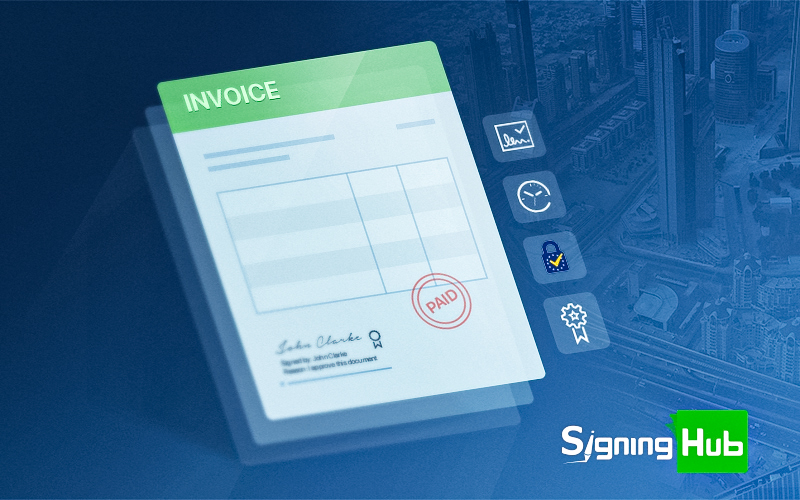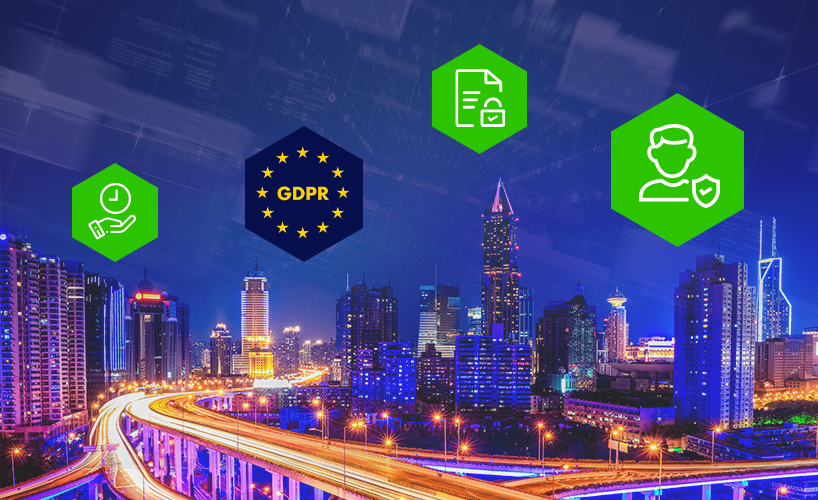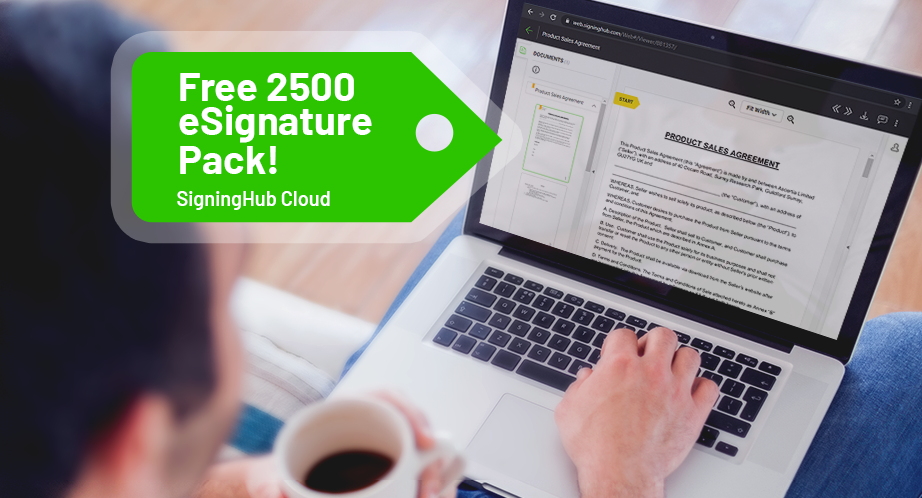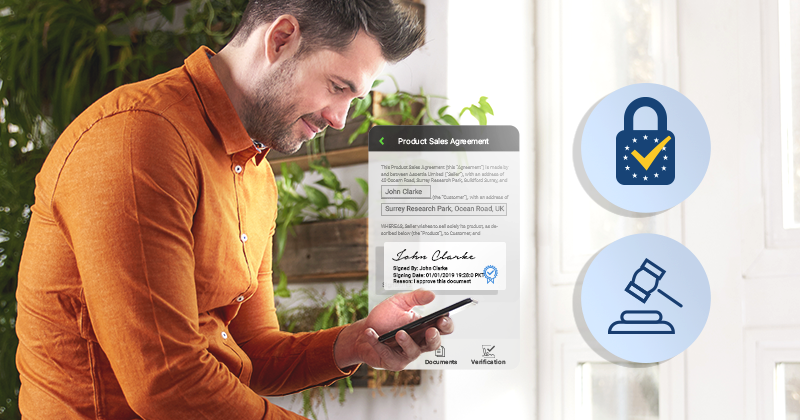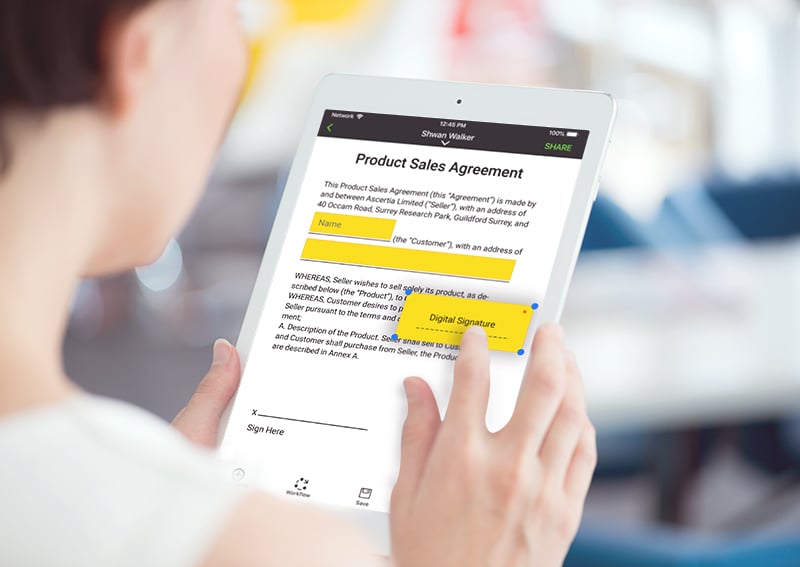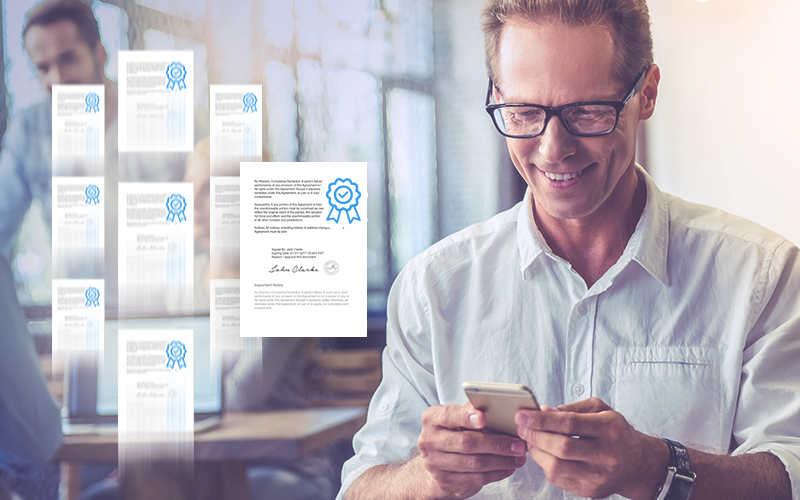Not all electronic and digital signatures are the same. In this blog, we discuss choosing the right eSignature for your business.
At a basic level, users can use any mark on an electronic document to capture the signer’s intent to approve or accept the contents. The form of the “mark” or how it was created is not important. What is important is proving who made the mark and that no one made any changes subsequently.



